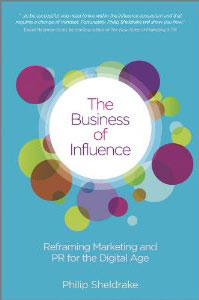Digital marketing has come a long way in the past decade, as we’ve moved beyond putting existing materials online and learned how to really harness the native advantages of digital technologies.
The pace of change continues unabated, and among its most important drivers is data – and the meaning of that data.
Every one of us is going to be producing more data describing our use of digital products and services. This is what I like to call digital detritus. Detritus – discarded organic matter which is decomposed by microorganisms and reappropriated by animal and plant life – is interestingly analogous to our regard for, and treatment of, the data that we’re all shedding.
Big data
When it comes to the increase in data, we’re working on a logarithmic scale: we’re talking about hundreds and thousands of times more. Data in such quantities may well prove to have important new mathematical properties that are attractive to marketers, customer service and product development teams. Moreover, we don’t actually do much with the digital detritus today – it mostly resides in inaccessible log files, although the technology for collating it is becoming increasingly achievable and affordable.
What does this mean in everyday terms? Read more

 The Business of Influence is a rethink.
The Business of Influence is a rethink.